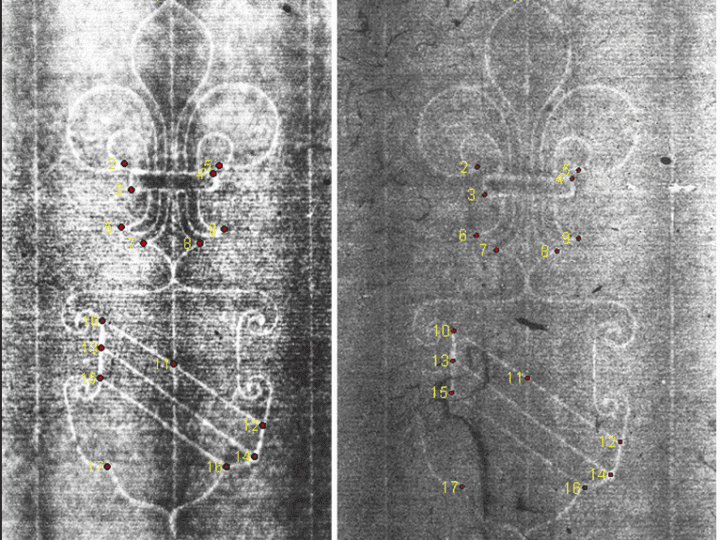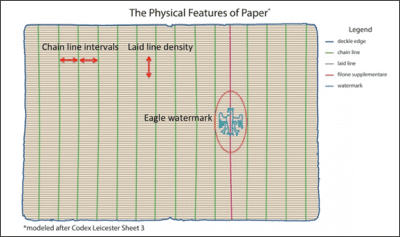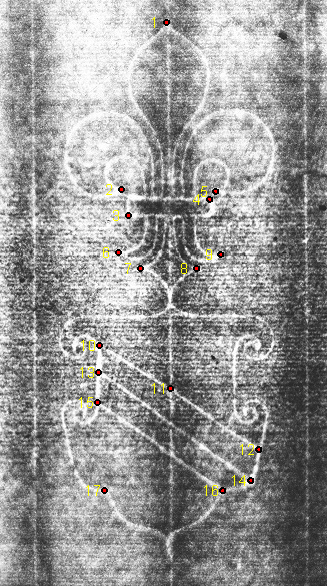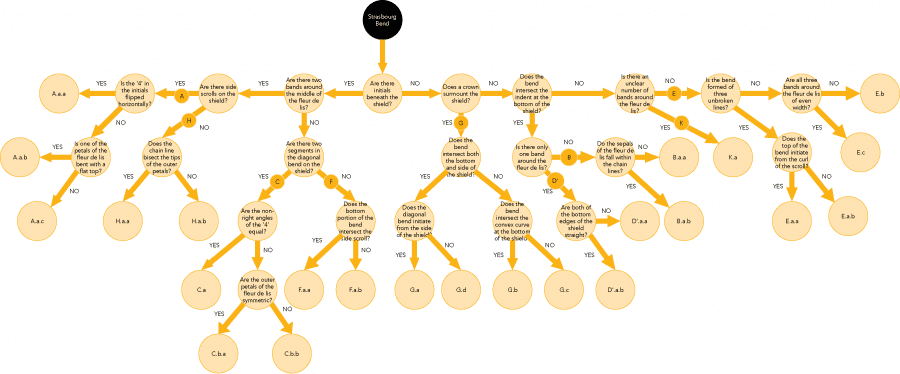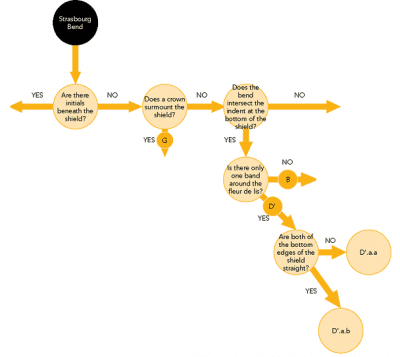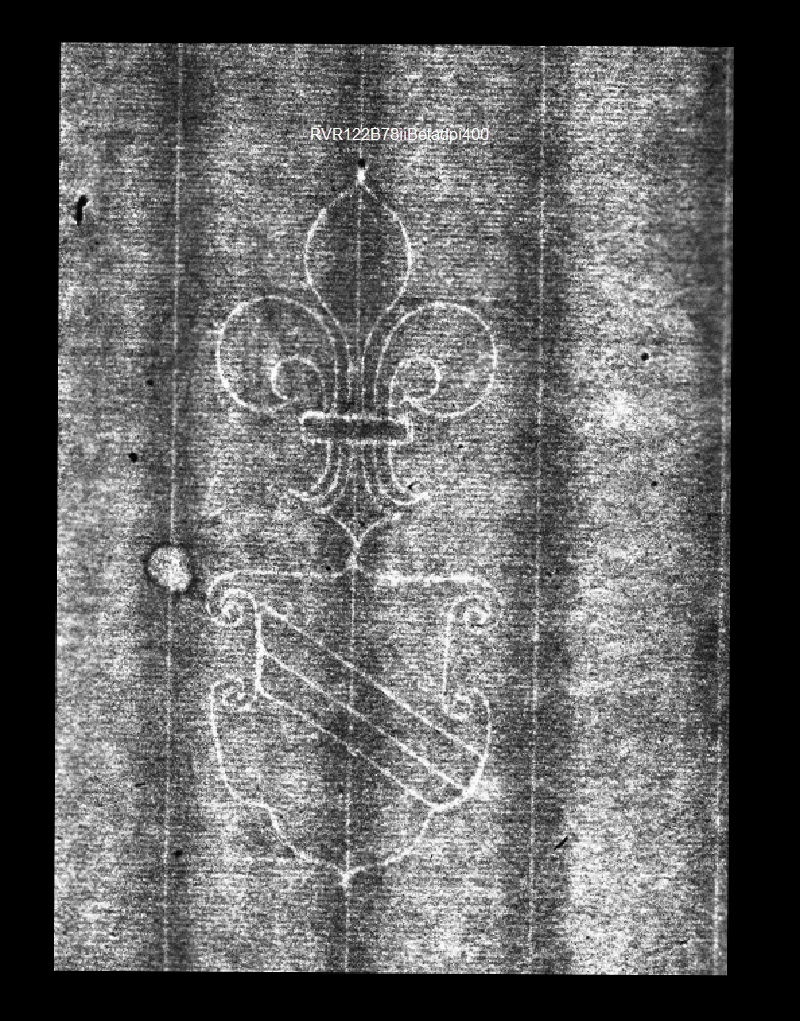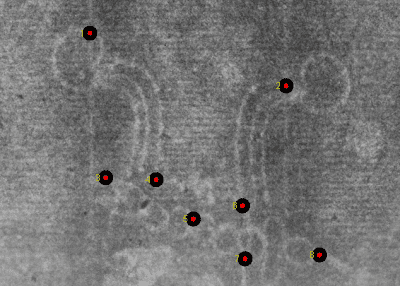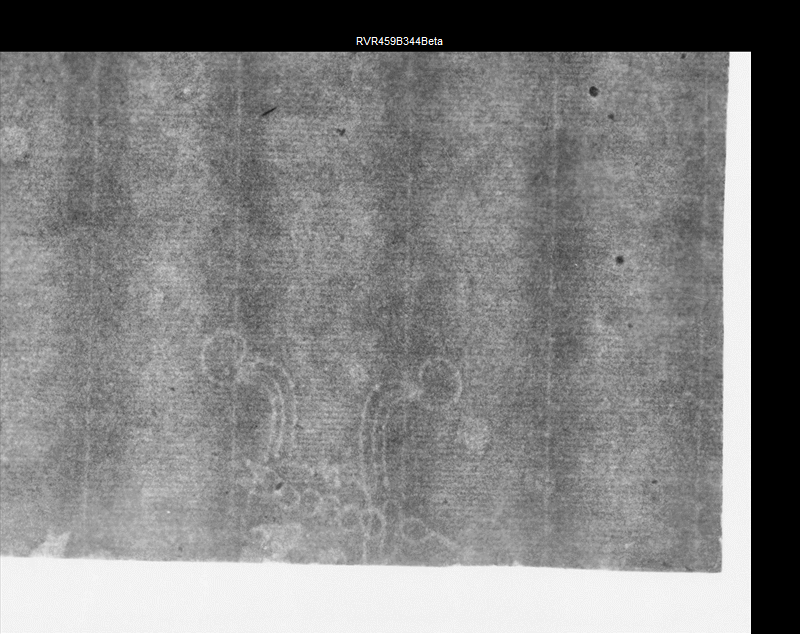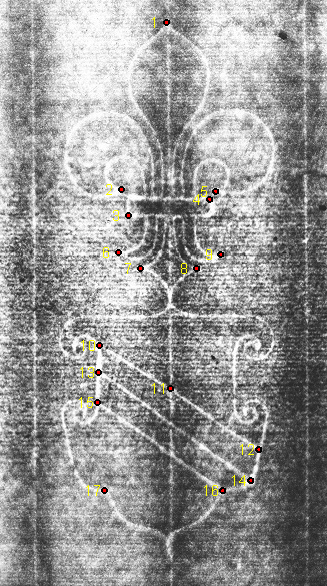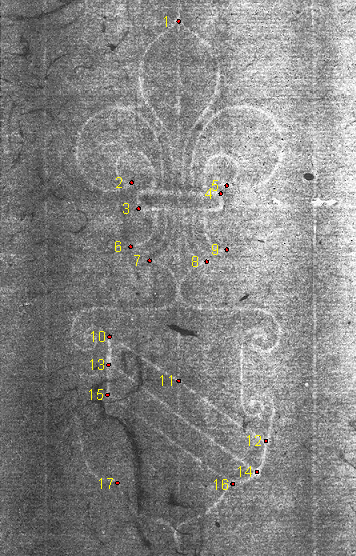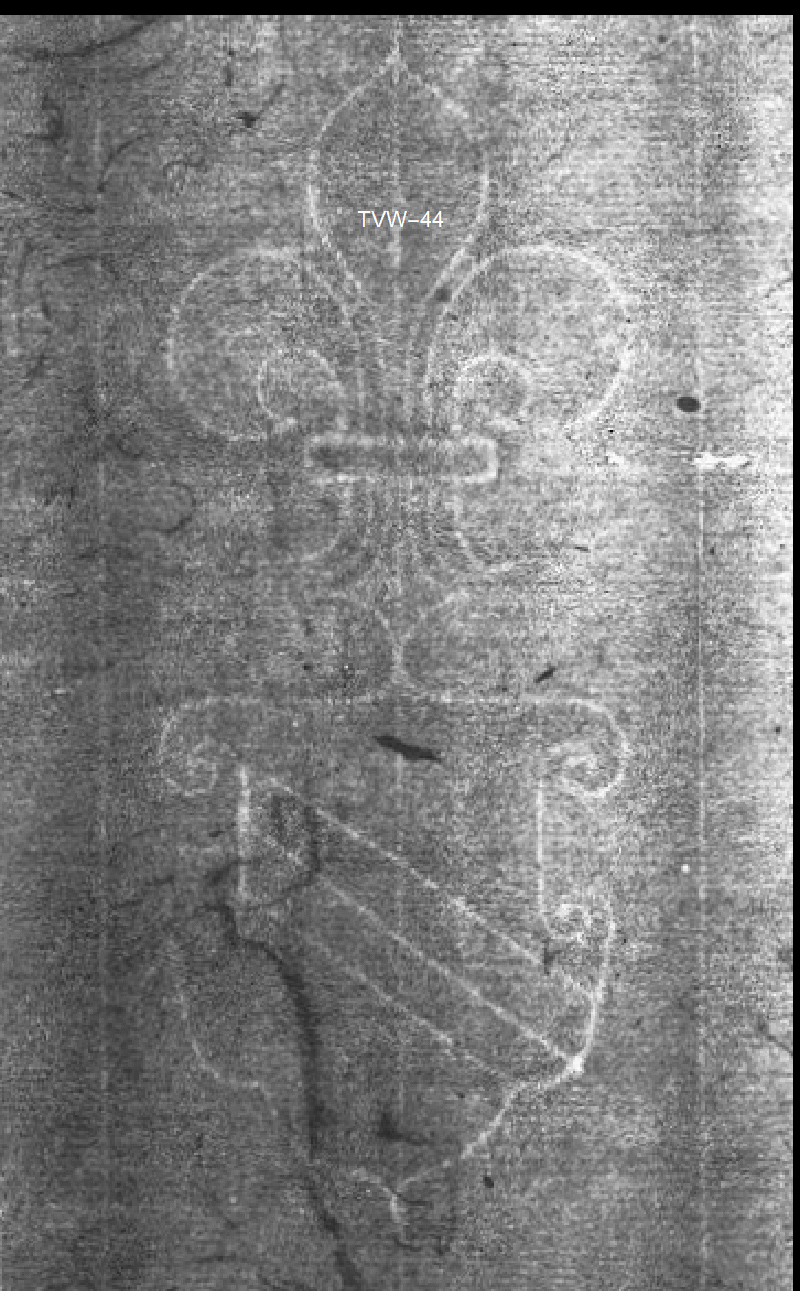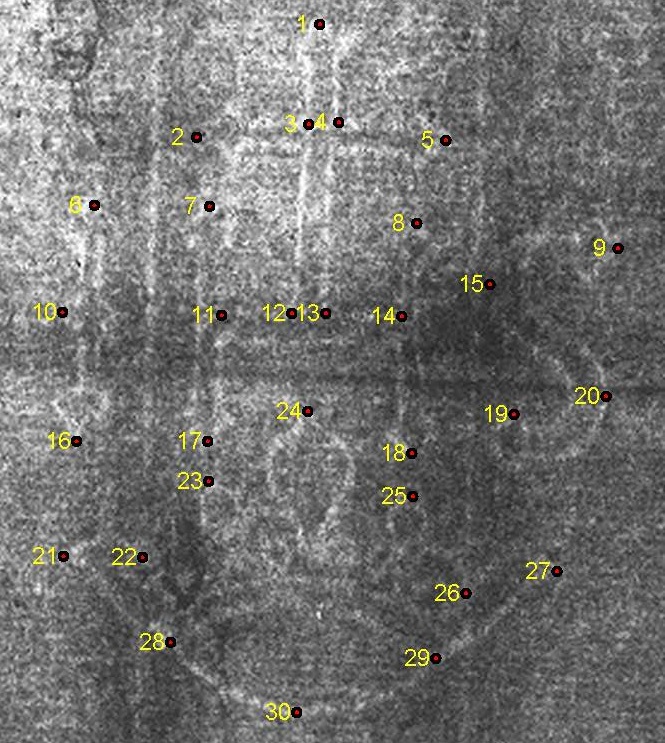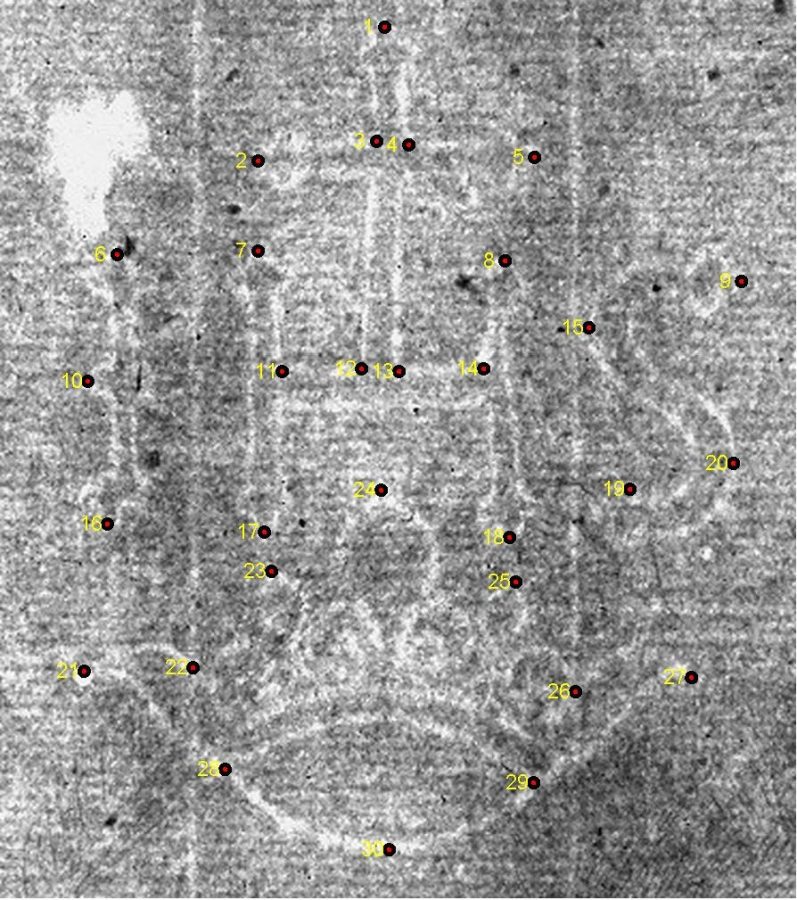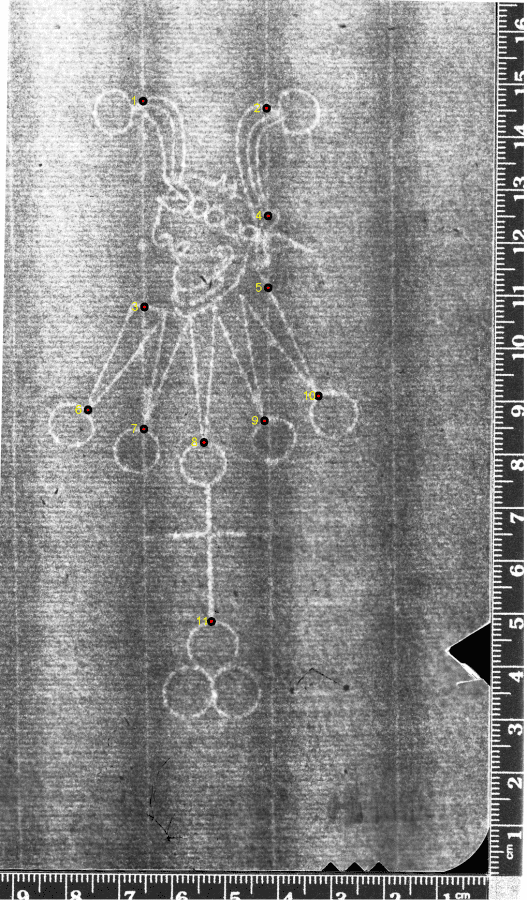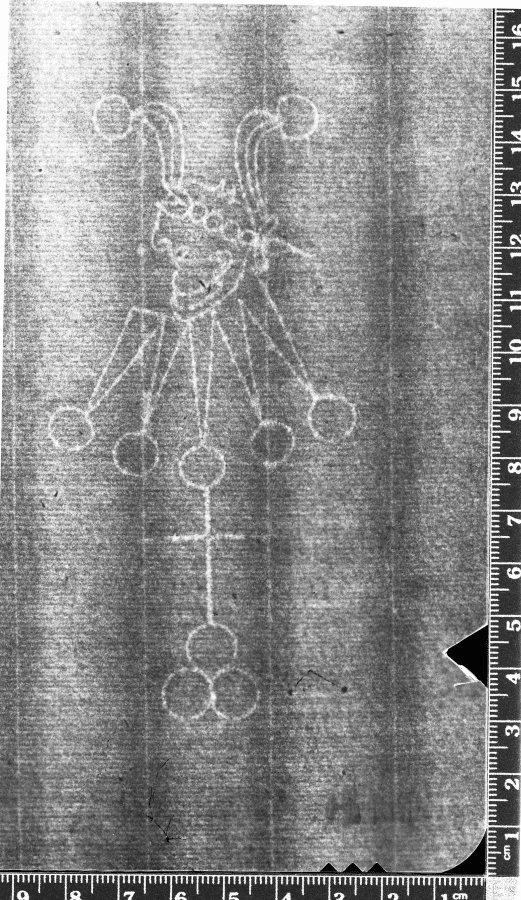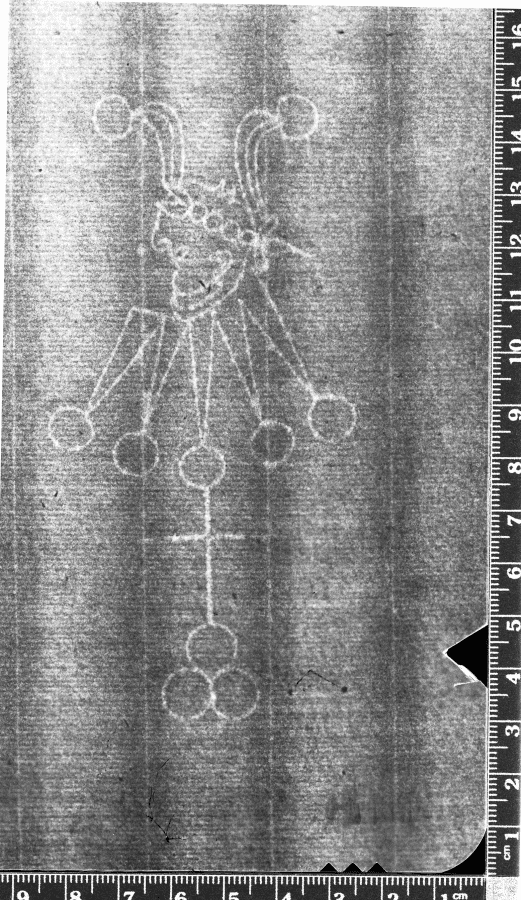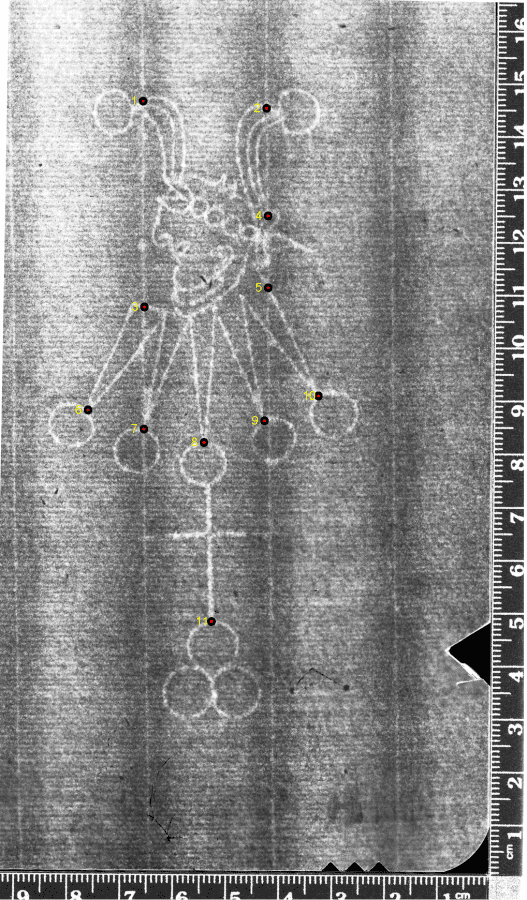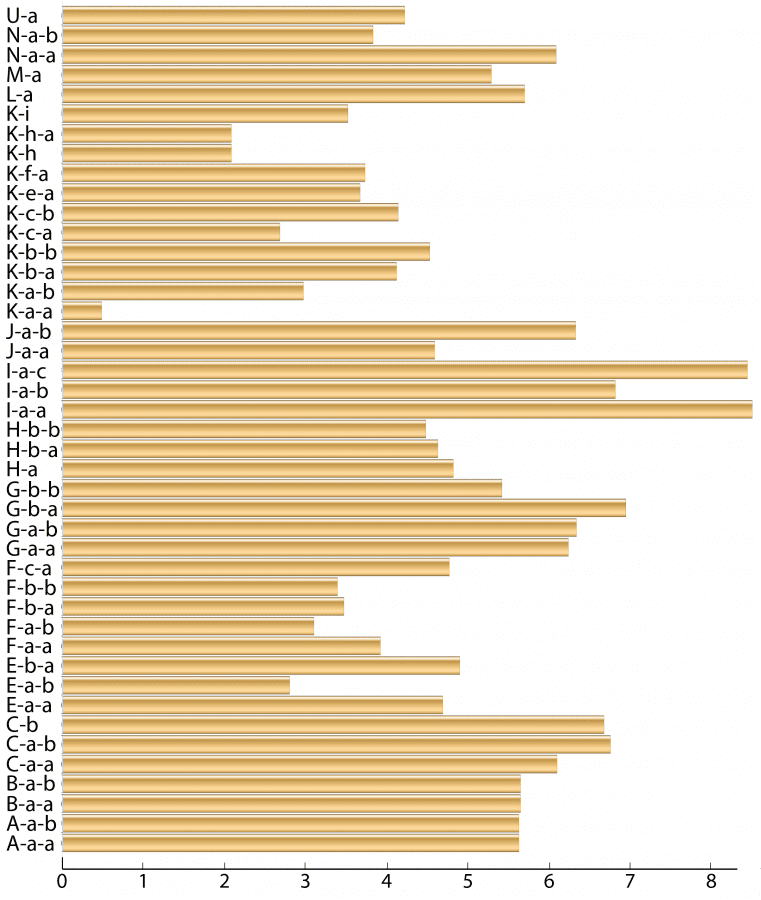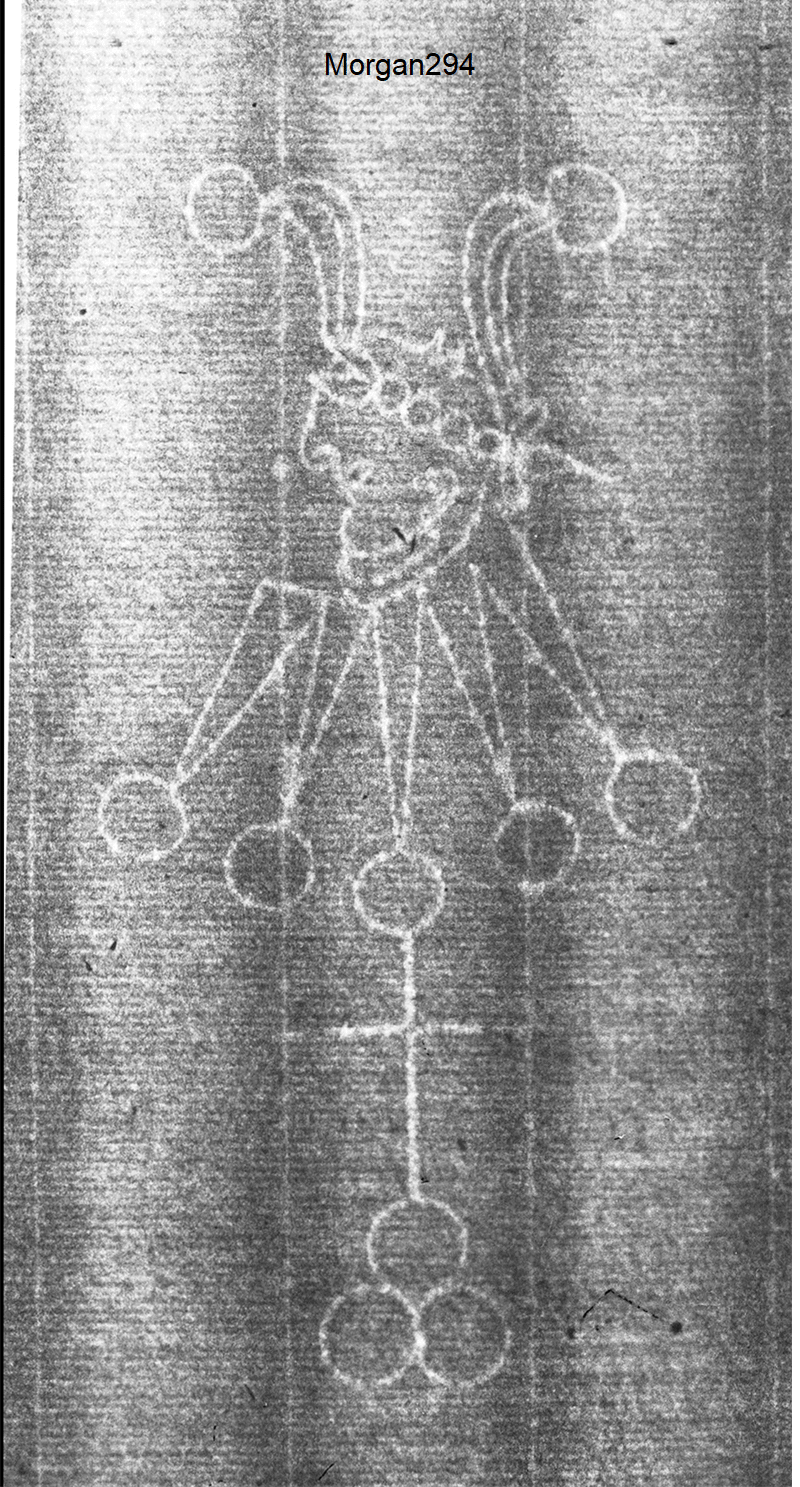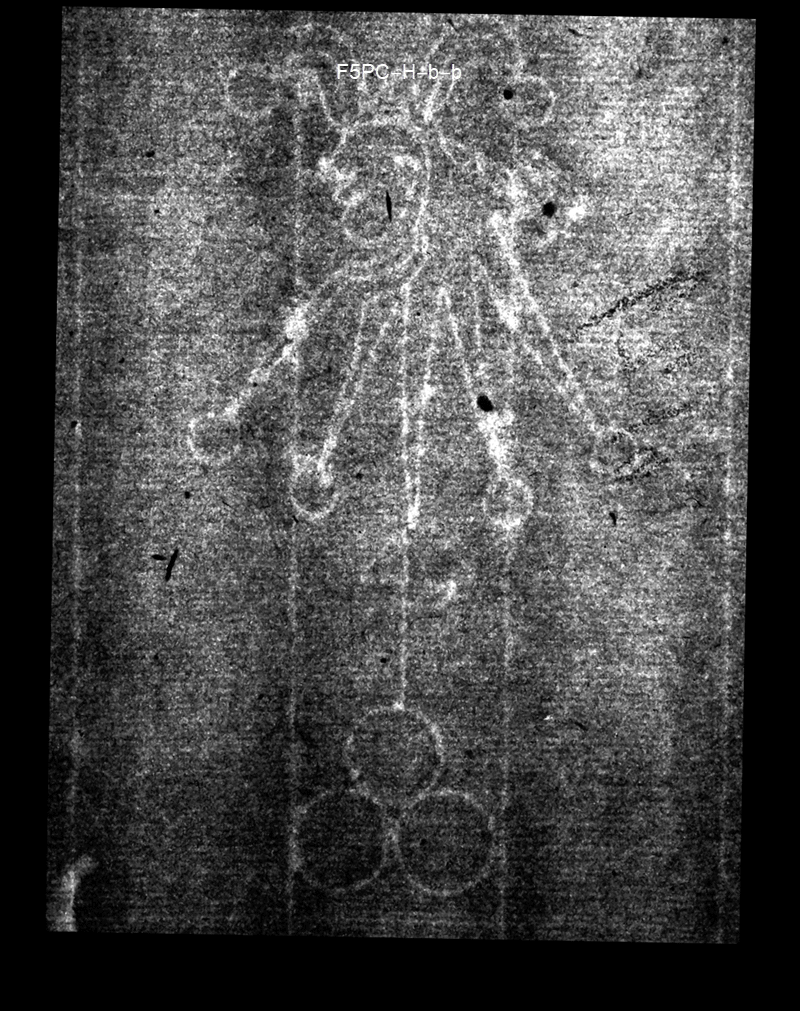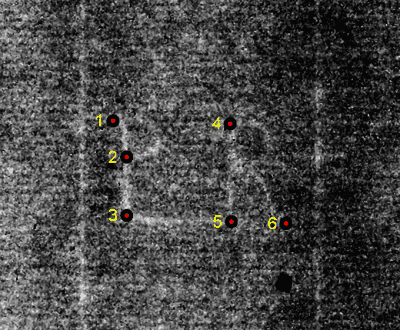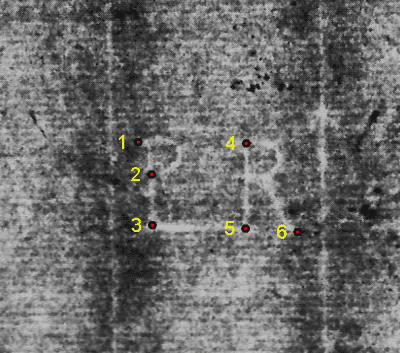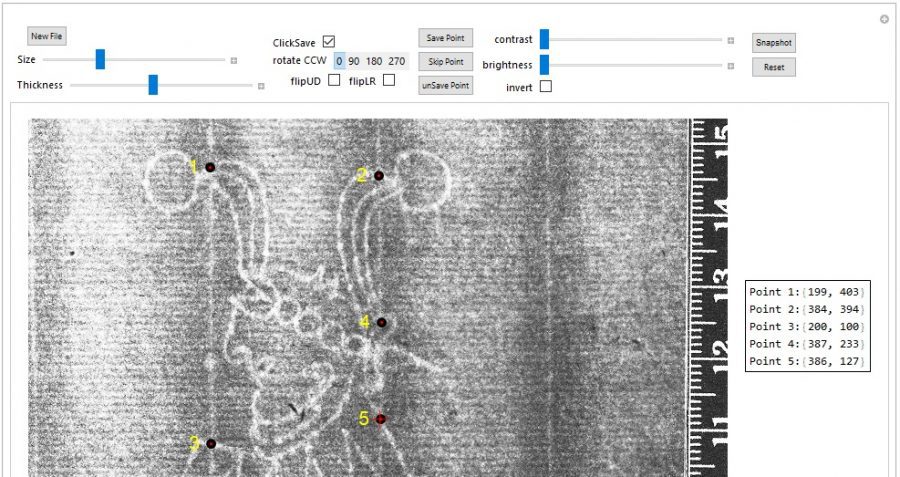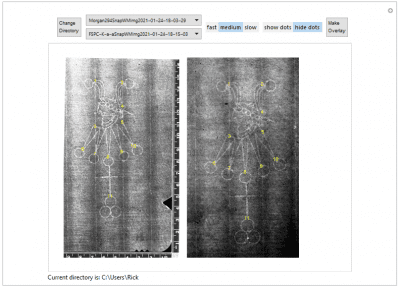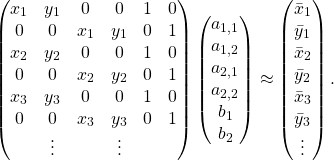Abry, Patrice, Andrew G. Klein, Paul Messier, Stéphane Roux, Margaret Holben Ellis, William A. Sethares, David Picard, Yuanhao Zhai, David L. Neuhoff, Herwig Wendt, Stéphane Jaffard, and C. Richard Johnson Jr. “Wove Paper Analysis through Texture Similarities.” In Proceedings of the 50th IEEE Annual Asilomar Conference on Signals, Systems, and Computers (ASILOMAR 2016), 144–48. Pacific Grove, CA: IEEE, 2016.
Ash, Nancy, and Shelley Fletcher. Watermarks in Rembrandt’s Prints. Washington: National Gallery of Art, 1998.
The Bernstein Consortium, Commission for Scientific Visualization (VISKOM), Austrian Academy of Sciences. “The Memory of Paper” (website). Last modified January 15, 2021. https://www.memoryofpaper.eu/BernsteinPortal.
Bounou, Oumayma, Tom Monnier, Ilaria Pastrolin, Xi Shen, Christine Benevent, Maria-Françoise Limon-Bonnet, François Bougard, Mathieu Aubry, Marc H. Smith, and Oliver Poncet, et al. “A Web Application for Watermark Recognition.” Journal of Data Mining and Digital Humanities 24, no. 45 (July 17, 2020): https://jdmdh.episciences.org/6570.
Van Camp, An. “Rembrandt’s Early Works on Paper.” In Young Rembrandt, ed. An Van Camp, Christopher Brown, and Christiaan Vogelaar, 57–77. Oxford: Ashmolean Museum, University of Oxford, 2020.
Centre for the Study of the Renaissance, Warwick University. “Lima: Watermark Databases.” Last modified February 4, 2021. https://warwick.ac.uk/fac/arts/ren/archive-research-old/lima/paper/describing/databases.
Doynov, Plamen.“Framework for Automatic Identification of Paper Watermarks with Chain Codes. PhD diss., University of Missouri-Kansas City, 2017.
Dutch University Institute for Art History. “Watermarks,” accessed March 9, 2021, https://www.niki-florence.org/en/about-the-institute/research/%20projects/watermarks.
Ellis, Margaret Holben, and C. Richard Johnson Jr. “Computational Connoisseurship: Enhanced Examination Using Automated Image Analysis.” Visual Resources 35, nos. 1–2, (2019): 125–40.
Gorske, Sara F., C. Richard Johnson Jr., William A. Sethares, Margaret Holben Ellis, and Paul Messier. “Moldmate Identification in 16th-Century European Paper Using Quantitative Analysis of Watermarks, Chain Line Intervals, and Laid Line Density.” International Journal for Digital Art History 5 (March 3, 2021): https://doi.org/10.11588/dah.2020.5.71232.
Hinterding, Erik. “Rembrandt and Van Vliet: The Watermarks.” In Rembrandt and Van Vliet: A Collaboration on Copper, edited by Christian Schuckman, Michael Royalton-Kisch, and Erik Hinterding, 24–37. Amsterdam: Museum het Rembrandthuis, 1996.
—. Rembrandt as an Etcher. Ouderkerk aan den IJssel: Sound & Vision, 2006.
International Association of Paper Historians. “Printed Watermark Repertories.” Last updated February 22, 2021. http://www.paperhistory.org/Watermark-catalogues.
International Standard for the Registration of Papers with or without Watermarks, version 2.1.1, 2013. http://www.paperhistory.org/Standards/IPHN2.1.1_en.pdf.
Johnson Jr., C. Richard. “Decision Trees for Watermark Identification in Rembrandt’s Etchings.” Journal of Historians of Netherlandish Art 12, no. 2 (Summer 2020), https://jhna.org/articles/decision-trees-for-watermark-identification-in-rembrandts-etchings.
—, “The Watermark Identification in Rembrandt’s Etchings (WIRE) Project at Cornell,” recorded December 6, 2018 at The Frick Collection, New York, 1:50:05, https://www.frick.org/interact/wire_project_cornell.
Johnson, Don H., C. Richard Johnson Jr., and Robert G. Erdmann. “Weave Analysis of Paintings on Canvas from Radiographs.” Signal Processing 93, no. 3 (March 2013): 527–40.
Johnson Jr., C. Richard, Paul Messier, William A. Sethares, Andrew Klein, Christopher Brown, Anh Hoang Do, Philip Klausmeyer, Patrice Abry, Stephané Jaffard, Herwig Wendt, Stephané Roux, Nelly Pustelnik, Nanne van Noord, Laurens van der Matten, Eric Postma, James Coddington, Lee Ann Daffner, Hanako Murata, Henry Wilhelm, Sally Wood, and Mark Messier. “Pursuing Automated Classification of Historic Photographic Papers from Raking Light Images.” Journal of the American Institute for Conservation 53, no. 3 (2014): 159–70.
Johnson Jr., C. Richard, and William A. Sethares, eds. Counting Vermeer: Using Weave Maps to Study Vermeer’s Canvases. The Hague: RKD Studies, 2017. https://countingvermeer.rkdstudies.nl.
—. “Hunting for Weave Matches: Computation in Art Scholarship.” Journal of Interactive Technology and Pedagogy 12 (February 2018), https://jitp.commons.gc.cuny.edu/hunting-for-weave-matches-computation-in-art-scholarship/
Johnson Jr., C. Richard, William A. Sethares, Margaret Holben Ellis, and Saira Haqqi. “Hunting for Paper Moldmates Among Rembrandt’s Prints.” IEEE Signal Processing Magazine 32, no. 4 (July 2015): 28–37.
Johnson Jr, C. Richard, William A. Sethares, Margaret Holben Ellis, Saira Haqqi, Reba Snyder, Erik Hinterding, Idelette van Leeuwen, Arie Wallert, Dionysia Christoforou, Jan C. A. van der Lubbe, Nadine Orenstein, Angela Campbell, Georg Dietz. “The Application of Automated Chain Line Pattern (CLiP) Matching to Identify Paper Mouldmate Candidates in Rembrandt’s Prints.” In Rembrandt and His Circle: Insights and Discoveries, ed. Stephanie Dickey, 319–34. Amsterdam: University of Amsterdam Press, 2017
Laurentius, Theo, and Frans Laurentius. Watermarks 1600–1650: Found in the Zeeland Archives. ’t Goy-Houten: Hes & De Graaf, 2007.
Liedtke, Walter, C. Richard Johnson Jr., and Don H. Johnson. “Canvas Matches in Vermeer: A Case Study in the Computer Analysis of Fabric Supports.” Metropolitan Museum Journal 47 (2012): 99–106.
Lister, Kristin Hoermann, Cornelia Peres, and Inge Fiedler. “Tracing an Interaction: Supporting Evidence, Experimental Grounds.” In Van Gogh and Gauguin: The Studio of the South, edited by Douglas W. Druick and Peter Kort Zegers, 354–69. London: Thames and Hudson, 2001.
Van der Lubbe, Jan C. A., Eugene P. van Someren, and Marcel J. T. Reinders. “Dating and Authentication of Rembrandt’s Etchings with the Help of Computational Intelligence.” In International Cultural Heritage Informatics: Proceedings from ichim0, 485–92. Milan and Pittsburgh: Archives and Museum Informatics, 2001.
Van der Maaten, Laurens, and Robert G. Erdmann. “Automatic Thread-Level Canvas Analysis: A Machine-Learning Approach to Analyzing the Canvas of Paintings.” IEEE Signal Processing Magazine 32, no. 4 (July 2015): 38–45.
Messier, Paul, C. Richard Johnson Jr., Henry Wilhelm, William A. Sethares, Andrew G. Klein, Patrice Abry, Stephané Jaffard, Herwig Wendt, Stephane Roux, Nelly Pustelnik, Nanne van Noord, Laurens van der Matten, and Eric Postma. “Automated Surface Texture Classification of Inkjet and Photographic Media.” In Technical Program and Proceedings: NIP29: The 29th International Conference on Digital Printing Technologies, 85–91. Springfield, VA: The Society for Imaging Science and Technologies, 2013.
Messier, Paul. “Image Isn’t Everything: Revealing Affinities Across Collections Through the Language of the Photographic Print.” In Object: Photo. Modern Photographs: The Thomas Walther Collection 1909–1949, edited by Mitra Abbaspour, Lee Ann Daffner, and Maria Morris Hambourg, 1–11. New York: Museum of Modern Art, 2014.
Vander Meulen, David. “The Identification of Paper without Watermarks: The Example of Pope’s ‘Dunciad.’” Studies in Bibliography 37 (1984): 58–81.
Pardo, Lucia P., and Giles Bergel, “Watermarks: New Ways to See and Search Them” (blog post), July 30, 2020. National Archives, London. https://blog.nationalarchives.gov.uk/watermarks-new-ways-to-see-and-search-them.
Perez d’Ors, Pablo, C. Richard Johnson Jr., and Don H. Johnson. “Velázquez in Fraga: A New Hypothesis about the Portraits of El Primo and Philip IV.” Burlington Magazine 154, no. 1314 (September 2012): 620–25.
Picard, David, Thomas Henn, and Georg Dietz. “Non-Negative Dictionary Learning for Paper Watermark Similarity.” In Proceedings of the 50th IEEE Asilomar Conference on Signals, Systems, and Computers (ASILOMAR 2016), 133–36. Pacific Grove, CA: IEEE, 2016.
Pondenkandath, Vinaychandran, Michele Alberti, Nicole Eichenberger, Rolf Ingold, and Marcus Liwicki. “Cross-Depicted Historical Motif Categorization and Retrieval with Deep Learning.” Journal of Imaging 6(7), no. 71 (July 15, 2020): https://doi.org/10.3390/jimaging6070071.
Roberts, Jane. A Dictionary of Michelangelo’s Watermarks. Milan: Olivetti, 1988.
Ruiz, Pablo, Olivia Dill, Goutam Raju, Oliver Cossairt, Marc Walton, Aggelos K. Katsaggelos. “Visible Transmission Imaging of Watermarks by Suppression of Occluding Text or Drawings.” Digital Applications in Archaeology and Cultural Heritage 15 (December 2019): https://doi.org/10.1016/j.daach.2019.e00121.
Sethares, William A., Margaret Holben Ellis, and C. Richard Johnson Jr. “Computational Watermark Enhancement in Leonardo’s Codex Leicester.” Journal of the American Institute for Conservation 59, no. 2 (March 2020): 87–96.
Van Sloten, Leonore. “Ferdinand Bol, the Etcher.” In Ferdinand Bol and Govert Flinck: Rembrandt’s Master Pupils, ed. N. Middelkoop, 219–20. Zwolle: WBooks, 2017.
Van Staalduinen, Mark. “Content-Based Paper Retrieval Towards Reconstruction of Art History.” PhD diss., Delft University of Technology, 2010.
Stevenson, Allan H. “Chain-Indentations in Paper as Evidence.” Studies in Bibliography 6, (1954): 181–95.
—. “Watermarks are Twins.” Studies in Bibliography 4 (1951–52): 57–91.
Van Tilborgh, Louis, Teio Meedendorp, Ella Hendriks, Don H. Johnson, C. Richard Johnson Jr., and Robert G. Erdmann. “Weave Matching and Dating Van Gogh’s Paintings: An Interdisciplinary Approach.” Burlington Magazine 154, no. 1307 (2012): 112–22.
Vignau-Wilberg, Thea. Rembrandt auf Papier: Werk und Wirkung. Munich: Hirmer, 2001.
Weislogel, Andrew C., and C. Richard Johnson Jr. “Decision Trees and Fruitful Collaborations: The Watermark Identification in Rembrandt’s Etchings (WIRE) Project at Cornell.” In Lines of Inquiry: Learning from Rembrandt’s Etchings, edited by Andrew Weislogel and Andaleeb Banta, 32–57. Ithaca, NY: Herbert F. Johnson Museum of Art, Cornell University, 2017. http://museum.cornell.edu/sites/default/files/DecisionTrees-WeislogelJohnson2017-LinesofInquiry.pdf.
Van der Wetering, Ernst. “The Canvas Support.” In Rembrandt: The Painter at Work, 90–130. Berkeley: University of California Press, 2000.
Xi, Xuelie, Devin Conathan, Amanda House, William A. Sethares, and C. Richard Johnson, Jr. “Automated Chain Line Marking and Pattern Matching in Radiographs of Rembrandt’s Prints.” In Proceedings of the 50th IEEE Annual Asilomar Conference on Signals, Systems, and Computers (ASILOMAR 2016), 1–9. Pacific Grove, CA: IEEE, 2016.
Yang, Haizhao, Jianfeng Lu, William Brown, and Ingrid Daubechies. “Quantitative Canvas Weave Analysis Using 2-D Synchrosqueezed Transforms: Application of Time-Frequency Analysis to Art Investigation.” IEEE Signal Processing Magazine 32, no. 4 (July 2015): 55–63.
